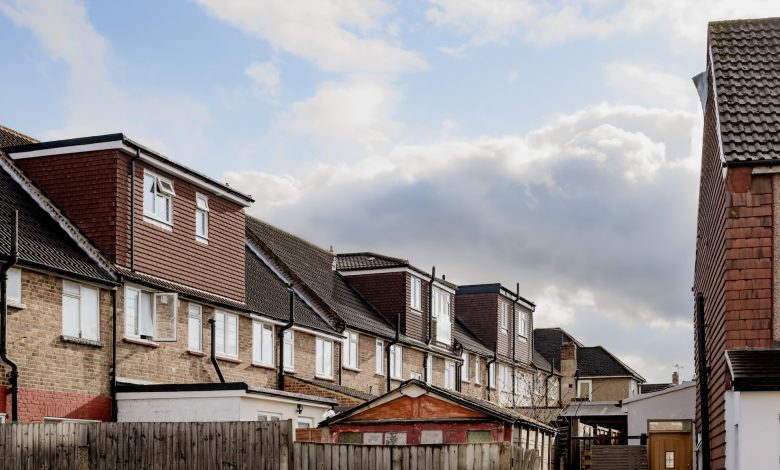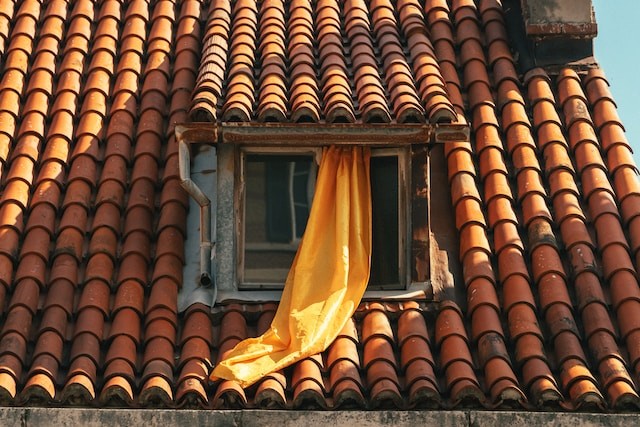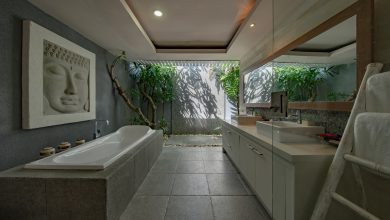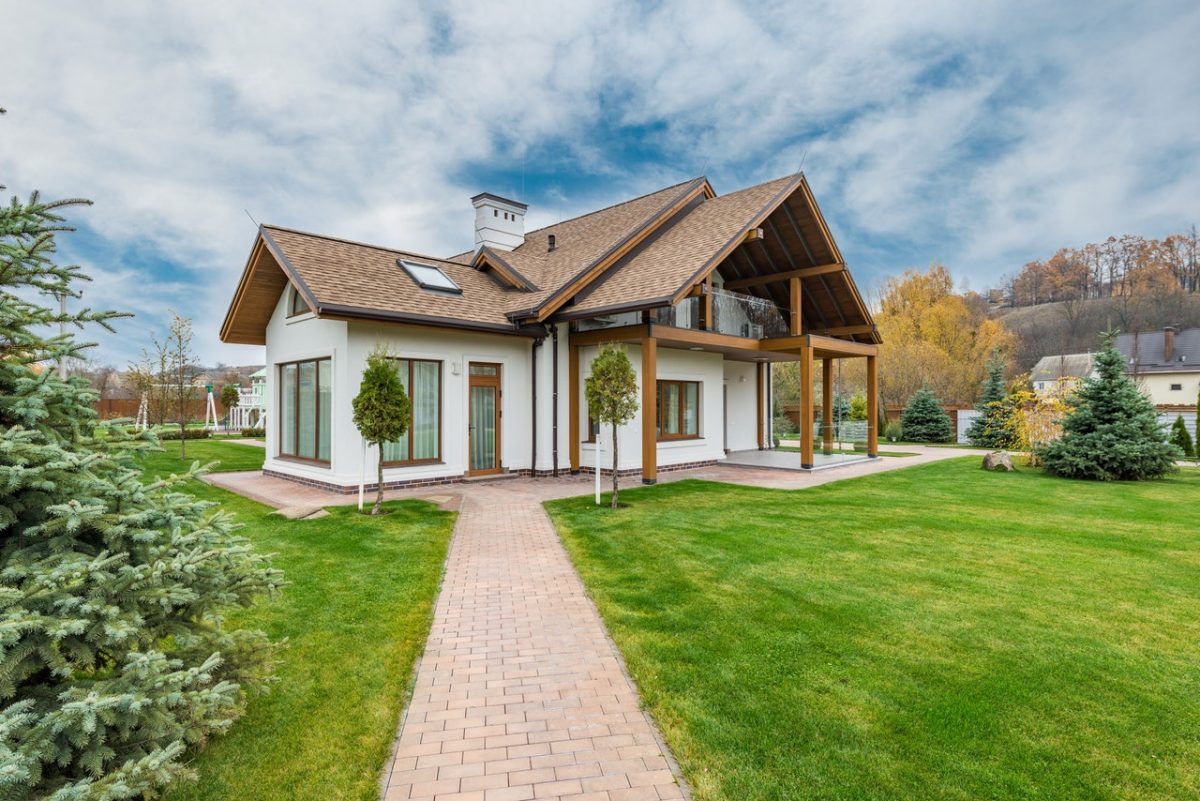Advantages of Aluminum Gutters and Parameters for Their Installing

Selecting an appropriate drain allows the drainage system to serve the building owner for decades, without the need to replace it with a new one. There are vinyl, metal, aluminum and steel gutters. Here we will consider the aluminum one.
What are the advantages of aluminum gutters?
There are several advantages of using aluminum gutters:

- Aluminum gutters are among the lightest. That’s why, they do not sag under the weight of debris or water, and are very easy to carry and install.
- Very durable. The durability of aluminum gutters makes them durable gutters that can last up to 20 years or more. They are also resistant to rust and most other weather conditions.
- They are also affordable considering that aluminum is quite plentiful.
- Not hard for maintaining. You can cut them into pieces without effort, paint them, and create waterproof joints between the pieces.
- They are also offered in many various colors and can be easily painted in the color of your choice.
- They are also very popular, so finding someone to install and service them is fairly easy.
The main advantage of aluminum gutters is that they balance cost and durability. So, you can rely on aluminum gutters for the above reasons.
What parameters are used to select a drain?
Like any product, the roof drainage elements of a house have their own dimensions. The main one is diameter. This refers to the diameter of vertically installed pipes and horizontally laid gutters. The latter are, in fact, the same pipes, only cut in half lengthwise.
When choosing a drainage system, it is necessary to take into account this parameter, on which the effective operation of the entire system as a whole depends. And it is selected according to the area of the slope under which the drain is mounted. Let’s denote the relationship between these two parameters, namely the area of the slope and the diameters of pipes and gutters:
- if the roof area does not exceed 70 m², then the drainage system is assembled from gutters with a diameter of 90 mm and pipes of 75 mm;
- if the area increases to 130 m², then the diameter parameters are accordingly increased to 130 and 100 mm;
- on larger roofs, the gutter diameter is set to 200 and 120 mm, respectively.
- the diameter of the gutter must correspond to the roof area

But sometimes the number of risers located on one slope interferes with the relationship between the two parameters. Typically, pipe elements are installed at a distance of 10-12 m from each other. Therefore, you have to first measure the length of the roof eaves, and only then calculate the number of pipe risers. The more vertical parts there are in the design of the drainage system, the smaller the parameters you can choose. Although this is not always acceptable. After all, the parameter of the slope area is influenced not only by its length, but also by its width.




